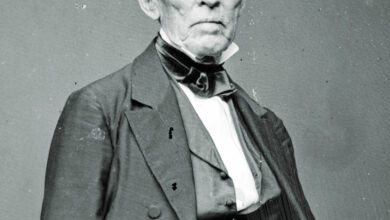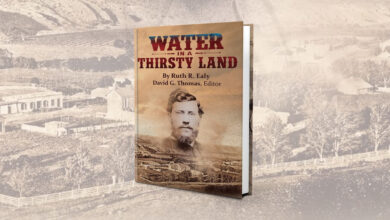
Central Park stands as an oasis for New Yorkers, offering a break from the urban bustle and a close-up encounter with nature. Its transformation into a premier destination is a tale of converting marshy terrain into lush landscapes, enduring periods of neglect, and the dedication of community-spirited New Yorkers.
In the mid-1800s, as New York City’s population surged, largely due to a wave of immigrants, the demand for open spaces grew. The city’s 1811 grid plan had accounted for some small public areas, but nothing on the scale of what Central Park would become. Visionary philanthropists and city officials envisioned a grand park that would not only provide essential green space but also elevate New York City’s status globally. In 1853, the state allocated funds to acquire the land between 59th and 106th Streets, from Fifth to Eighth Avenues, an area characterized by its rocky and swampy nature.
To transform this challenging landscape, a design competition was launched, resulting in the selection of the “Greensward Plan” by Frederick Law Olmsted and Calvert Vaux. Their design featured expansive meadows, forested areas, and hidden roadways, offering city dwellers a taste of the countryside. Inspired by England’s Birkenhead Park, Olmsted envisioned Central Park as a democratic space accessible to all, irrespective of social standing.
The construction, which began in 1858, was a colossal undertaking, involving the movement of millions of cubic yards of material and the planting of half a million trees and shrubs. The park’s first section opened the same year, with the entire project concluding 15 years later at a cost of $14 million, far exceeding the initial budget.
However, the early 20th century saw Central Park’s decline due to political challenges and maintenance neglect. This downturn was reversed in 1934 under Mayor Fiorello H. La Guardia and Parks Commissioner Robert Moses, who initiated extensive citywide park improvements. But by 1960, after Moses’s departure, the park again fell into disrepair.
The turnaround came in the late 1970s and early ’80s with the formation of the Central Park Conservancy, spearheaded by Elizabeth Barlow Rogers. This partnership between advocacy groups and the city led to significant investments in the park’s restoration and maintenance, ensuring the preservation of its 843 acres.
Now, Central Park attracts over 42 million visitors annually, many of whom are unaware of its storied past. The Central Park Conservancy continues to maintain and enhance the park, staying true to Olmsted and Vaux’s original vision of a communal green space for all New Yorkers.




